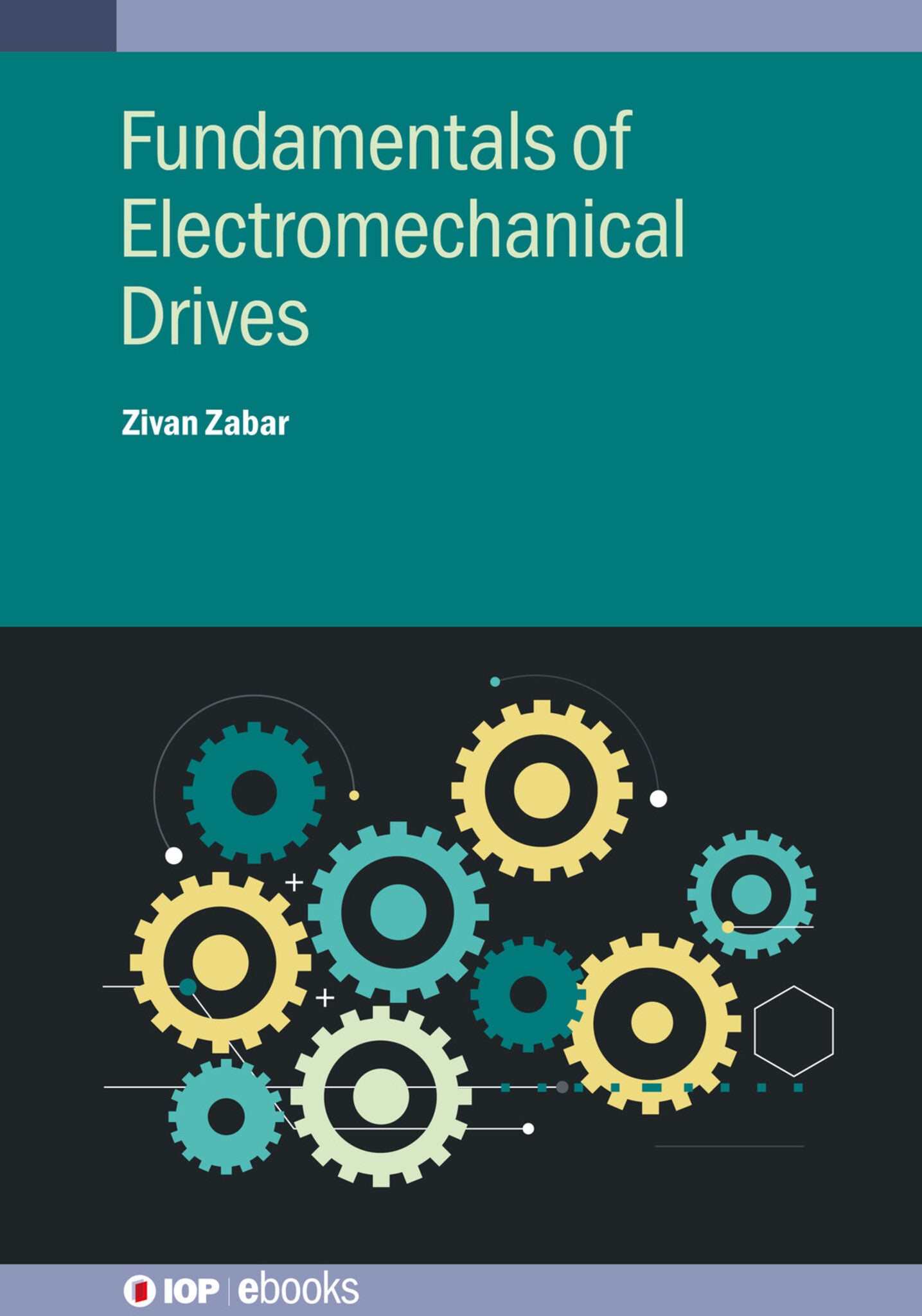We're sorry. An error has occurred
Please cancel or retry.
Fundamentals of Electromechanical Drives

Some error occured while loading the Quick View. Please close the Quick View and try reloading the page.
Couldn't load pickup availability
- Format:
-
28 February 2025

Electromechanical drive systems have both electrical and mechanical processes. Designing these systems involve many factors like steady-state performance, braking, speed control, overloads, ambient conditions, and mechanical coupling. This textbook comprehensively covers the fundamentals of electromechanical drives, combining theory and analytical studies. It is divided into three main parts: mechanical (torques, masses, inertia), electrical (DC, induction, and synchronous machines), and motor selection (rated torque, power, and thermal stress capacity). Aimed at advanced students majoring in electrical or mechanical disciplines, this 15-week course material is based on extensive teaching experience. It includes practical examples, detailed solutions, and drill problems. Additionally, it serves as a valuable reference for design and supervising engineers in various industries.
Key features:
- Core textbook for advanced courses on electric drives or electromechanical drives
- Provides comprehensive coverage of the fundamentals of electromechanical drives
- Treats the key topics through theory and analytical studies that include technical understanding of mechanical characteristics of the electrical motors and the driven machines
- Includes examples taken from practical electromechanical drive systems with detailed solutions and drill problems
- A solutions manual is available for instructors

TECHNOLOGY & ENGINEERING / Electrical, Electrical engineering, TECHNOLOGY & ENGINEERING / Mechanical, Mechanical engineering

Chapter 1: Introduction - basic concepts
Part I: The Mechanical Part
Chapter 2: Referring mechanical motions
Chapter 3: Mechanical transient conditions
Part II: The Electrical Part
Chapter 4: The direct-current, DC, motor
Chapter 5: The induction (asynchronous) motor
Chapter 6: The synchronous motor as a brushless DC motor
Part III: Catalogue selection of motors
Chapter 7: Major considerations in selecting electric motors
Chapter 8: Motor catalogue selection



